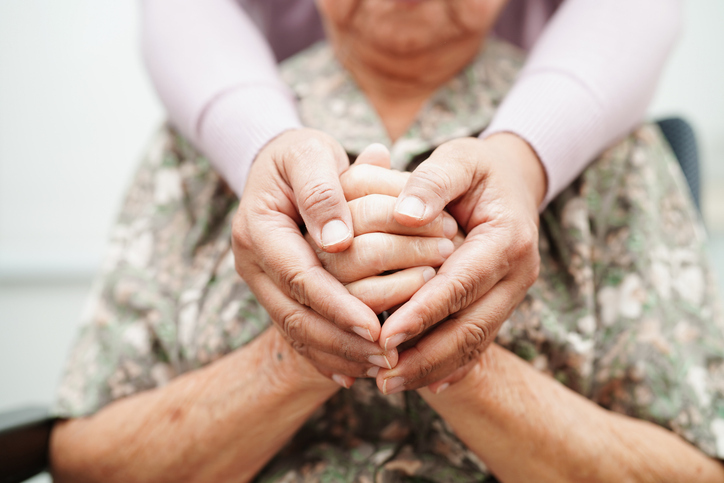 A series of simple phone calls from a nurse can reduce readmissions and cut $1,225 in costs per patient, according to a study in this month's Health Affairs.
A series of simple phone calls from a nurse can reduce readmissions and cut $1,225 in costs per patient, according to a study in this month's Health Affairs.
Researchers from the University of Wisconsin School of Medicine and Public Health looked at more than 600 patients enrolled in the Coordinated Transitional Care (C-TraC), a low-resource Madison (Wis.) VA program that uses registered nurses for quality transitional care, according to the C-TraC website.
Patients discharged from the William S. Middleton Memorial Veterans Hospital and considered high risk received weekly phone calls from a nurse case manager for four weeks or until the patient transitioned to a primary care provider, according to last week's research announcement. High-risk patients had dementia, were over 65 years old and living alone or had a previous hospitalization in the past year.
In an open-ended discussion, the nurse talks about medication adherence--most often the biggest issue--symptoms and other follow-up.
The program has been popular with almost full patient participation, according to lead investigator Amy Kind, assistant professor of medicine (geriatrics) at the UW School of Medicine and Public Health.
"Patients don't mind a phone call," Kind said. "Our role is not to complicate the process but to more seamlessly bridge the patient's journey from the hospital to the home and to primary care," she added.
Such nurse-led contact has saved the hospital nearly three-quarters of a million dollars ($741,125) in healthcare costs over 18 months, according to the program.
Patients in the program had 11 percent fewer 30-day readmissions at 23 percent, compared to 34 percent of the those not enrolled.
Because the nurses don't spend a lot of time traveling, they can therefore reach out to more patients by phone, Kind noted. Most of the patients live in remote areas where a home visit is easily accessible.
"Simple, protocol-driven, telephone-based programs like C-TraC may be able to reach larger patient populations, including patients living a greater distance from hospitals and could be used in a wider variety of care settings than traditional in-home transitional care programs can," study authors wrote.
Researchers said resource-strained hospitals, such as safety nets, that can't afford home visits can implement similar telephone protocols. However, they also recognized that the VA is unique from other hospitals in that the VA has a single electronic health record system, shared among all VA-affiliated inpatient and outpatient providers.





